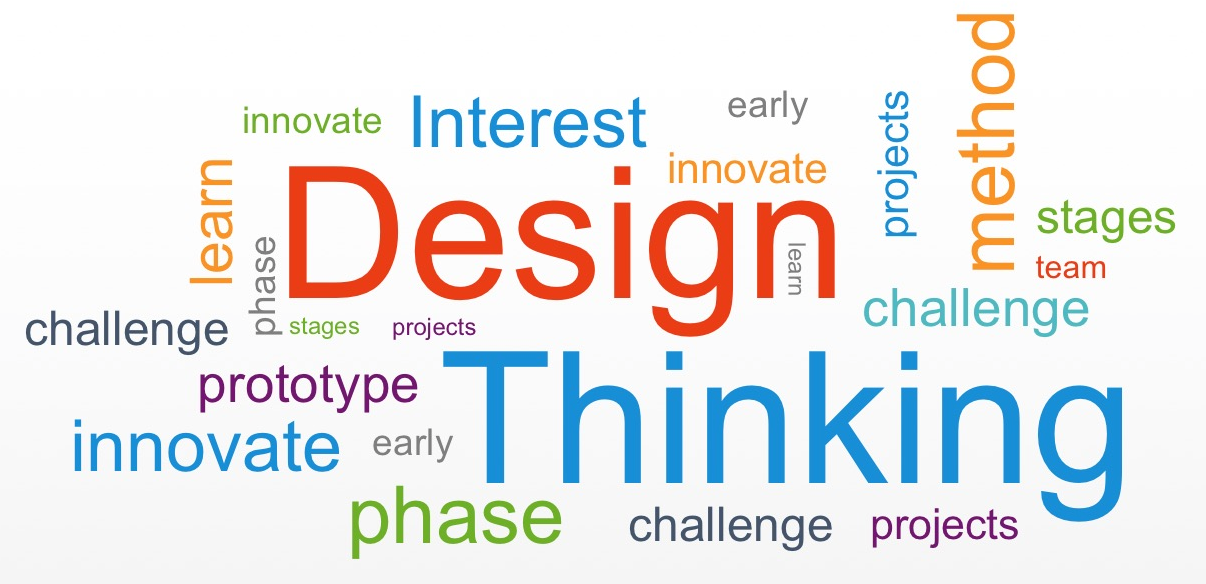Design thinking has become a buzzword in business as it transforms how organizations approach problem-solving and innovation. Companies are beginning to realize the importance of incorporating design thinking and innovation in product development and strategy-making. This approach analyses problems holistically, bringing together user needs, technology, and business considerations to create effective solutions. This article will discuss the concept of design thinking and innovation and how it can revolutionize product development and strategy-making process.
What is Design Thinking?
Design thinking is a problem-solving approach focusing on the user’s needs while balancing business objectives and technical feasibility. It is a creative and iterative process that involves empathizing with the users, defining the problem, ideating potential solutions, prototyping, and testing. The process is highly collaborative, involving cross-functional teams with diverse skill sets and perspectives.
Design thinking is about more than just creating aesthetically pleasing products or solutions. It is about understanding the user’s needs and pain points and developing solutions that address them effectively. Design thinking is rooted in product design, but its principles are applied in other areas such as business strategy, healthcare, education, and social innovation.
The Importance of Design Thinking in Business
Design thinking has become increasingly important in business as organizations seek to create innovative products, services, and experiences that meet customers’ evolving needs and expectations. Design thinking can help companies to achieve the following:
1. User-centered Approach
Design thinking is a user-centred approach to problem-solving, meaning the user’s needs and preferences are at the forefront of the process. This approach ensures that solutions are tailored to the users and their specific needs, which leads to higher satisfaction and better customer experiences.
2. Innovation and Creativity
Design thinking encourages creativity and innovation by promoting a non-linear and iterative approach to problem-solving. It allows for brainstorming and creativity without fear of failure or judgment, which fosters creativity and leads to new ideas and solutions.
3. Cost Savings
Design thinking can help businesses save money by identifying and addressing problems early in development. By prototyping and testing solutions early, companies can avoid costly mistakes and rework later.
4. Competitive Advantage
Design thinking can provide a competitive advantage by helping businesses differentiate themselves. By creating unique and innovative products and experiences, companies can attract and retain customers and gain a competitive edge in the marketplace.
The Design Thinking Process
Design thinking is a five-stage process that involves empathy, defining the problem, ideation, prototyping, and testing. Let’s look at each stage in more detail.
1. Empathy and Understanding the User
The first stage of the design thinking process is to understand the user’s needs and pain points. This involves empathy and putting yourself in the user’s shoes to better understand their experiences and perspectives. This stage is crucial to effectively developing solutions that address the user’s specific needs.
2. Defining the Problem
The second stage defines the problem by synthesizing the insights gained from the empathy stage. This involves framing the issue in an actionable and specific way, which helps guide the ideation process.
3. Ideation and Brainstorming
The third stage is creativity, which involves generating ideas and potential solutions to the defined problem. This stage is about creativity and brainstorming without judgment or fear of failure. It is essential to develop a wide range of opinions and then narrow them down to the most promising ones.
4. Prototyping and Testing
The fourth stage is prototyping and testing. This stage involves creating prototypes of the potential solutions generated in the ideation stage and testing them with users to gain feedback and insights. This stage helps refine the solutions and identify potential problems or issues.
5. Centralizing and Iterating
The final stage is centralizing and iterating, which involves refining the solutions based on the feedback received in the testing stage. This iterative process repeats the previous steps until the solution is refined and ready for implementation.
The Benefits of Design Thinking
Design thinking offers numerous benefits for businesses. Let’s take a closer look at some of these benefits.
1. Increased Creativity and Innovation
Design thinking encourages creativity and innovation by providing a safe space for brainstorming and creativity. This approach helps businesses generate new ideas and solutions they may not have considered.
2. Improved Customer Experience
Design thinking puts the user at the centre of the process, which means that solutions are tailored to their specific needs and preferences. This approach results in a better customer experience and higher customer satisfaction.
3. Cost Savings
Design thinking can help businesses save money by identifying and addressing problems early in development. By prototyping and testing solutions early, companies can avoid costly mistakes and rework later.
4. Competitive Advantage
Design thinking can provide a competitive advantage by helping businesses differentiate themselves. By creating unique and innovative products and experiences, companies can attract and retain customers and gain a competitive edge in the marketplace.
Conclusion
Design thinking and innovation are critical to any business product development and strategy-making process. By adopting a design thinking approach, businesses can create solutions tailored to the user’s needs and preferences, resulting in higher customer satisfaction and better business outcomes. This approach offers numerous benefits, including increased creativity and innovation, improved customer experience, cost savings, and competitive advantage.





